The new 256GB iPhone XS Max is comprised of roughly $443 worth of parts according to the latest report out of TechInsights, merely $47 more than the build cost of last years 64GB iPhone X.
Apple managed to trim the fat on its bill of materials for this year's iPhones, increasing the margin for profit, TechInsights suggests in its analysis.
The iPhone XS Max 256GB — likely one of the most popular configurations — runs about $443 for parts and assembly. A large chunk of that cost goes to the large 6.5-inch display, which TechInsights estimates at $90.50, more than $12 more dear than the 5.8-inch display on last year's iPhone X.
Along with a more costly display, the updated A12 processor, gigabit-class LTE modem, larger battery, additional memory and a "significant increase" in the cost of non-electronic components swelled the final tally. According to the firm, iPhone XS Max has a larger, heavier housing than that of the iPhone X, while the new handset's internal frame increases process costs related to spot welds, inserts and other internal structures.
Apple is selling the 256GB iPhone XS Max, which AppleInsider reviewed this week, for $1,249.
As usual, BOM reports should be taken with a hefty grain of salt. The analyses are merely estimates based largely on current market values of critical components and is unlikely to reflect Apple's actual cost. TechInsights itself notes the figures are at time based on assumptions.
All cost estimates provided here are compiled using information available to us at the time of the initial teardown. Some assumptions have been made where concrete data is not yet available. We will continue to gather and refine this costing data throughout our ongoing deep-dive teardown process and analysis. While we do not expect drastic cost changes, we do expect some adjustments.
Apple CEO Tim Cook chimed in on supply chain "guesstimators" years ago, saying he has never seen a BOM estimate that was close to accurate.
Updated to reflect a change in Tech Insight's estimates regarding display components. The company previously said Apple removed parts associated with the phone's 3D Touch system, but further investigation found that to not be the case.
 Andrew O'Hara
Andrew O'Hara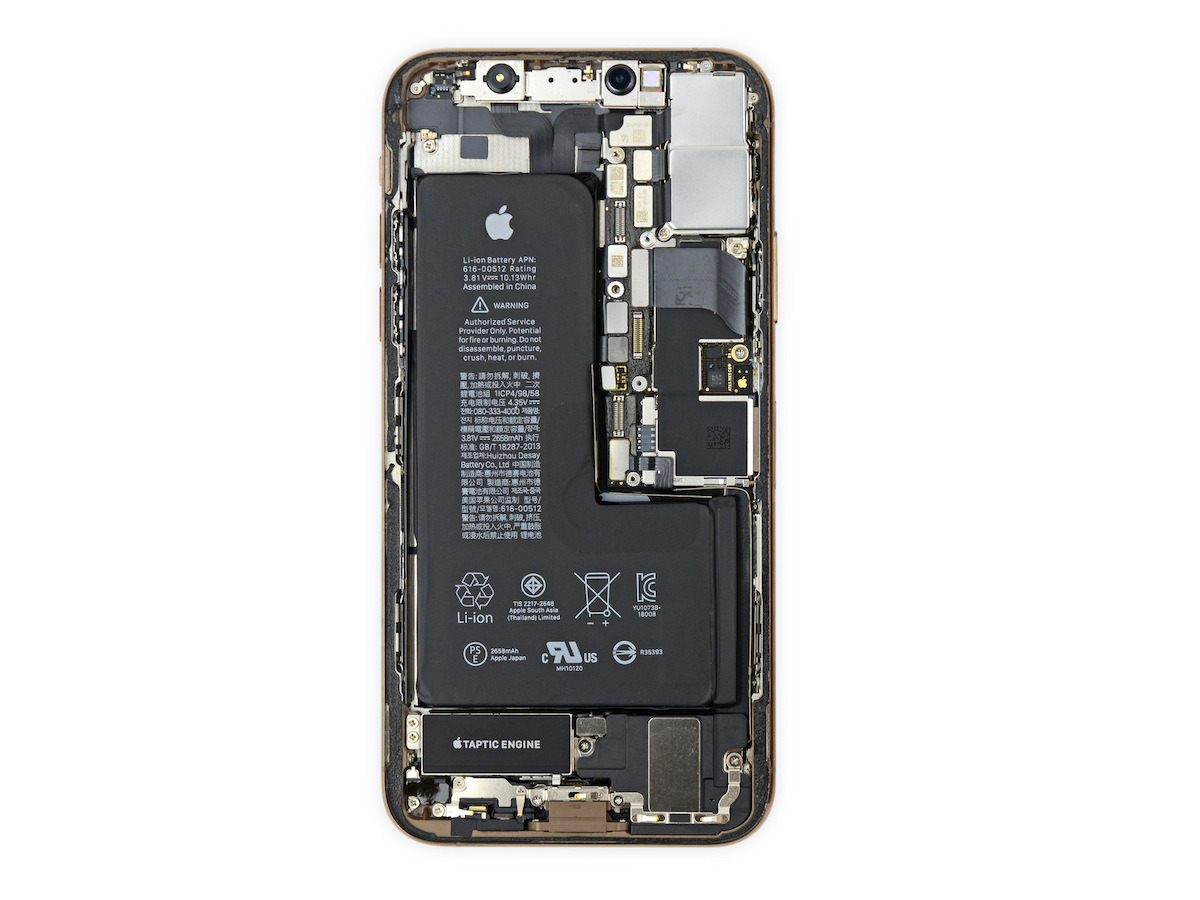

-m.jpg)





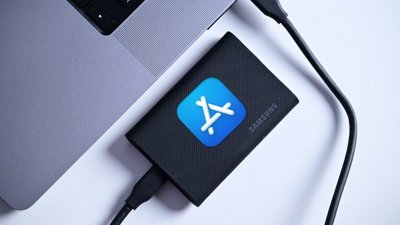
 William Gallagher
William Gallagher
 Thomas Sibilly
Thomas Sibilly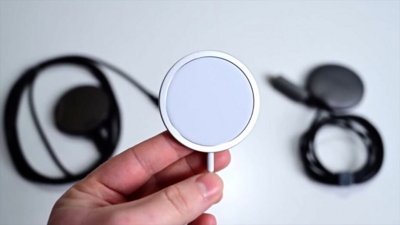

 Amber Neely
Amber Neely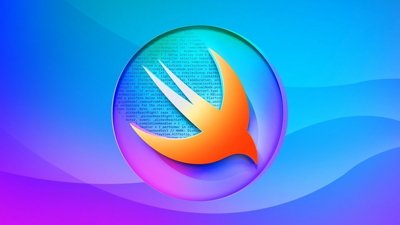
 Marko Zivkovic
Marko Zivkovic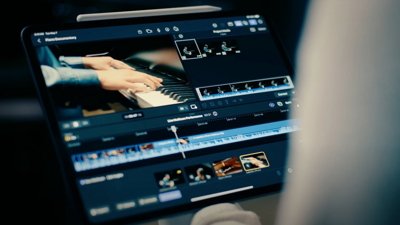
 Malcolm Owen
Malcolm Owen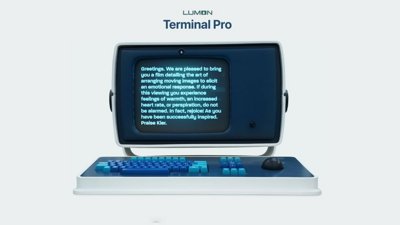
 William Gallagher and Mike Wuerthele
William Gallagher and Mike Wuerthele


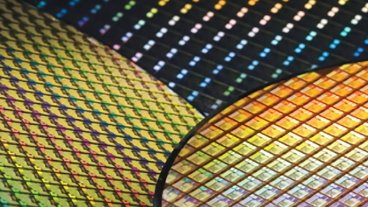






26 Comments
Apple should have at least spent a couple of more dollars per unit on a larger battery. Apple is always providing the smallest capacity battery out of all flagship smartphones. Apple's greed in this case makes little sense to me and I'm an Apple shareholder. Is that L-shaped battery too expensive for Apple to increase the capacity? I've seen a tear-down of the latest iPhone and it's a tight fit. How do the Android smartphone manufacturers manage to fit in much larger batteries? Sorry, but I think it's just stupid for Apple to short consumers with low battery capacity. I think it gives those Android flagships too much of an advantage.
I've never understood the reason for reprinting these COGS estimates. They aren't accurate, or even fairly representative of Apple's true costs. Nor do they have any bearing on what Apple charges for the iPhone. Apple charges based on utility (value) not the cost of manufacture, and I'm happy with that.
As for the size of the battery. Size is a contributor to battery life but isn't as important as the power management controller and the iPhone's settings. Besides if you are draining your iPhone's battery before the day is done you need to get a life.
$443 is a preposterous estimate for the build cost of a 256 GB iPhone Xs Max. These kinds of estimates are almost always much lower than what is, based on the reporting we get from Apple, reasonably possible.
Apple, of course, doesn’t report what it costs to build various iPhone models. But based on what Apple does report, we can get a ballpark idea of what the average cost of sales for iPhones (in, e.g., a given quarter) is. Looking at the holiday quarter for 2017, when the iPhone X was released, we can say with some confidence that the minimum the average cost of sales for iPhones (including, e.g., iPhone SEs and older models that were still available) could have been was around $450. The math doesn’t work otherwise. The cost of iPhone X models was surely meaningfully higher than that average.
Didn't AppleInsider just, like in the last week do an article where the author went on at length about how, because you can't know the true cost of the componants when they are all custom and sold at unknown discount, articles like this were pointless?
“where concrete data is not YET available.” Apple never gives concrete data of hardware costs of their devices so not sure why this guy even said that. Of course, none of the guesses include patent licensing or all the other costs associated with producing devices. The only this with know is what apple reports quarterly on their profit margin.